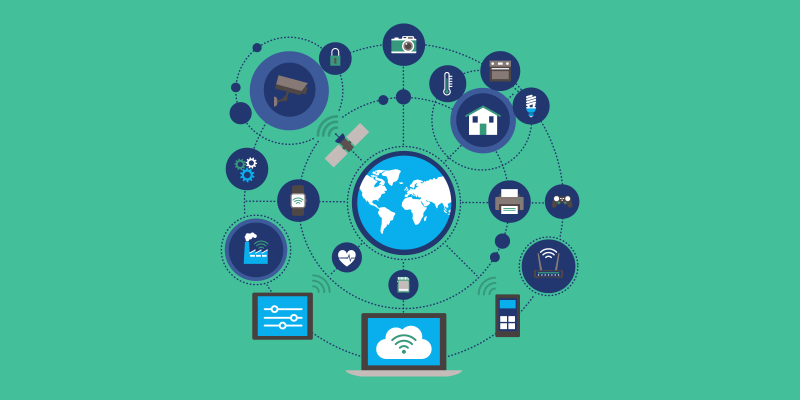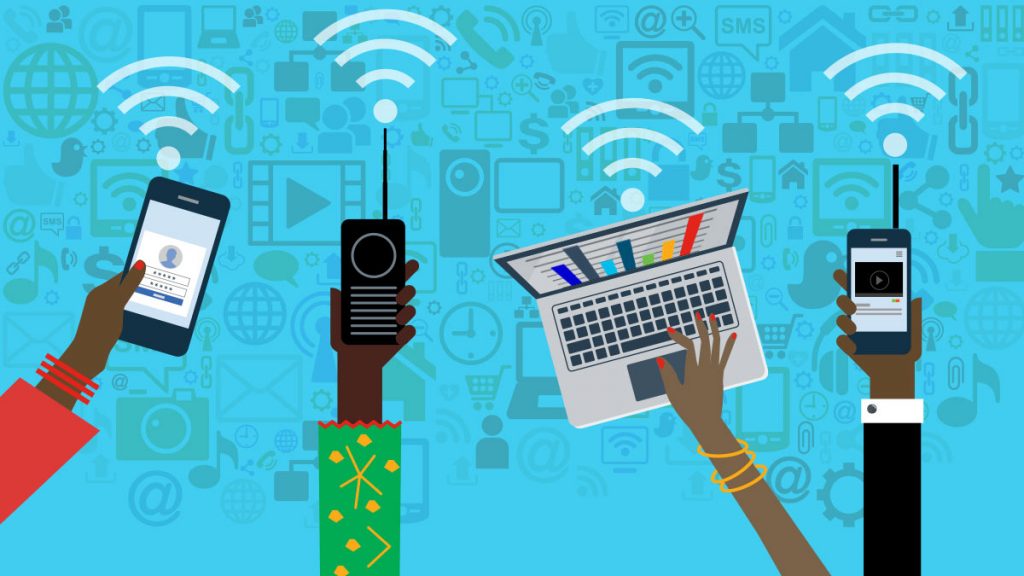Over the past years, the Internet has served as a powerful tool not only for personal use but also for business purposes. It has connected people across the globe with just the click of a button, while also offering valuable services that weren't available before.
Today, the Internet has become a necessity for many aspects of life, including socially, financially, and culturally. It has also paved the way for some of the most astounding innovations.
Many people use the Internet through their smartphones via Wi-Fi, 4G, or 5G. Read on to see how the Internet has evolved and changed over the years.
What Exactly Is the Internet?
Before proceeding with the evolution of the Internet, we should define what the Internet is. The Internet is a global network of smaller computer networks, essentially creating a web.
Computers within local and global networks are able to communicate using various options, such as data centers, servers, routers, cables, satellites, and Wi-Fi.
You can access and share information over the Internet using the world wide web. Many make the mistake of referring to the Internet and the world wide web as the same thing.
However, the web is a collection of information shared using the Internet. The best way to differentiate the two is by recognizing that the Internet provides the infrastructure, while the worldwide web provides the service that operates within the Internet.
The Evolution of the Internet
Dial-up and Wi-Fi
Now that we've defined the Internet, we can now detail how the Internet has evolved from dial-up to 5G. Dial-up is the earliest and first form of Internet access. It demonstrated that sharing information between computers was possible, and it was first released commercially in the 1990s.
There's also Wi-Fi, and an early predecessor for Wireless Fidelity was developed in 1971 (a UHF wireless packet network was used). Since then, wireless networks began evolving significantly until they reached the “Super Wi-Fi” level in 2014.
Further developments are still expected as the demand for better information transmission and speeds increase.
1G and 2G
Some count 0G as the beginning of mobile networking. 0G was created pre-cellular systems, and it did not let users connect to the Internet. The First Generation or 1G became commercially available in Tokyo in 1979.
This generation is known as the first wireless telecommunication system, which lets users access the web through old devices, such as analog signals. The Second Generation (2G) arrived in 1991.
It used digital signals to connect to networks using various technologies including GSM, GPRS, and EDGE, which were all used to connect to the Internet.
3G and 4G
3G was launched commercially in 2001. 3G introduced many innovations, including faster data transfer and data rates. It also offered great network services, which incentivized more consumers to use the Internet.
The Third Generation also includes 3.5G (HSPA) and 3.75G (HSPA+) Technologies, which offer faster connections than 3G.
The Fourth Generation emerged in 2008 precisely due to data demands, which made 3G insufficient. 4G allowed faster transfer speeds and rates, making it sufficient for the current trend of streaming.
This generation came with faster versions of 4G, such as 4G LTE and 5G VOLTE. The first two became widely used in 2010, while VOLTE started gaining traction toward the late 2010s.
5G and the Future
The Fifth Generation was released very recently. It offers faster speeds, and it offers low end-to-end latency. This significantly reduces lags in Internet connection.
Conclusion
Now that you know more about the history of the Internet and the evolution of networks that let you connect to it. You may have a deeper appreciation for this technology. So, reflect on these awesome developments the next time you use the Internet.
Last updated on May 18th, 2023 at 04:22 pm








